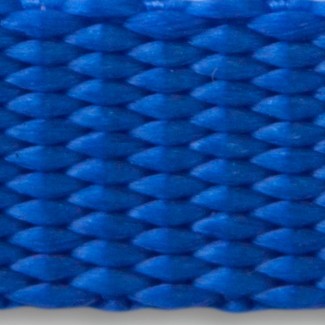- Local: (516) 346-4636
- Toll-Free: (800) 886-6060
- Fax: (516) 346-4366
- Email: kflynn@nationalwebbing.com
 When it comes to webbing material, there are many options to choose from. Each material has its advantages and disadvantages. Your decision will be based on your specific needs. We specialize in all types of materials, from polyester to nylon webbing. Two popular types of webbing materials are polypropylene and polyester webbing. While these materials are often used interchangeably for the same products, they do have differences.
When it comes to webbing material, there are many options to choose from. Each material has its advantages and disadvantages. Your decision will be based on your specific needs. We specialize in all types of materials, from polyester to nylon webbing. Two popular types of webbing materials are polypropylene and polyester webbing. While these materials are often used interchangeably for the same products, they do have differences.
Let's go over the top features needed for webbing material and how the two compare.
· Durability - Synthetic fabrics are known to be durable; it's one of their top qualities. Because polypropylene and polyester are so tough, they're often used in carpets and rugs. They are stain-resistant. While both are tough, polypropylene is slightly more durable.
· Cost - Pricing is a larger factor when deciding on webbing material. Manufacturers want to find something that can fit their needs but is also cost-effective. Polypropylene is typically cheaper than its counterpart, but name brand and product type will ultimately determine the final cost.
· Comfort - In this category, polyester usually beats polypropylene. Polyester is a breathable fabric. It's also washable, making it an ideal choice for clothing.
· Uses - Both materials are used in a wide variety of applications. Polyester is commonly used in clothing, bed sheets, curtains, rugs, and carpets. Polypropylene is commonly used in tote bags, thermal wear, and packing materials.
· Moisture Absorption - Polyester and polypropylene are both good moisture-wicking materials. If water resistance is important to you, then choose polypropylene. Polypropylene is popular in athletic wear because it transfers moisture instead of absorbing it. The material also retains heat and dries quickly.